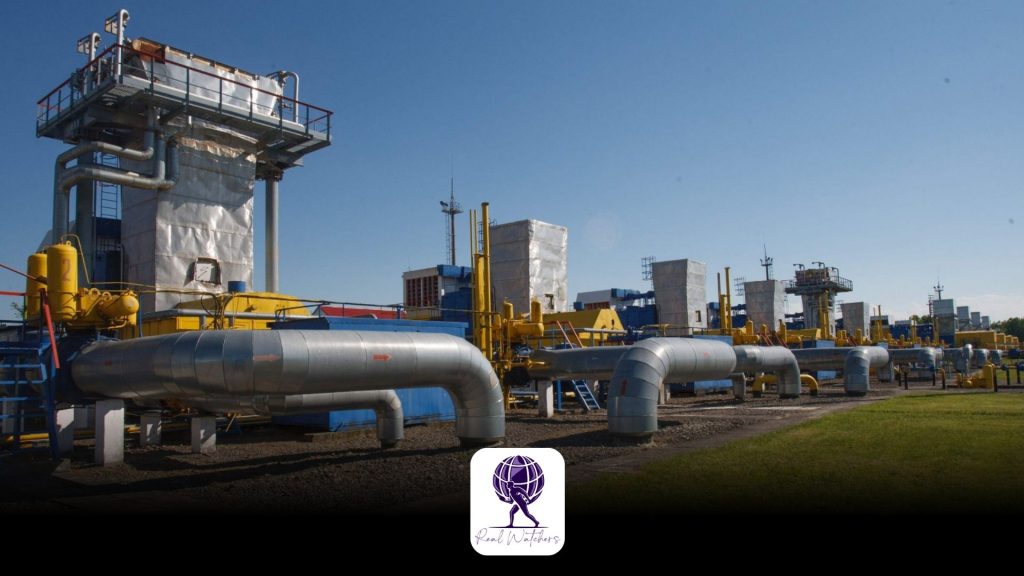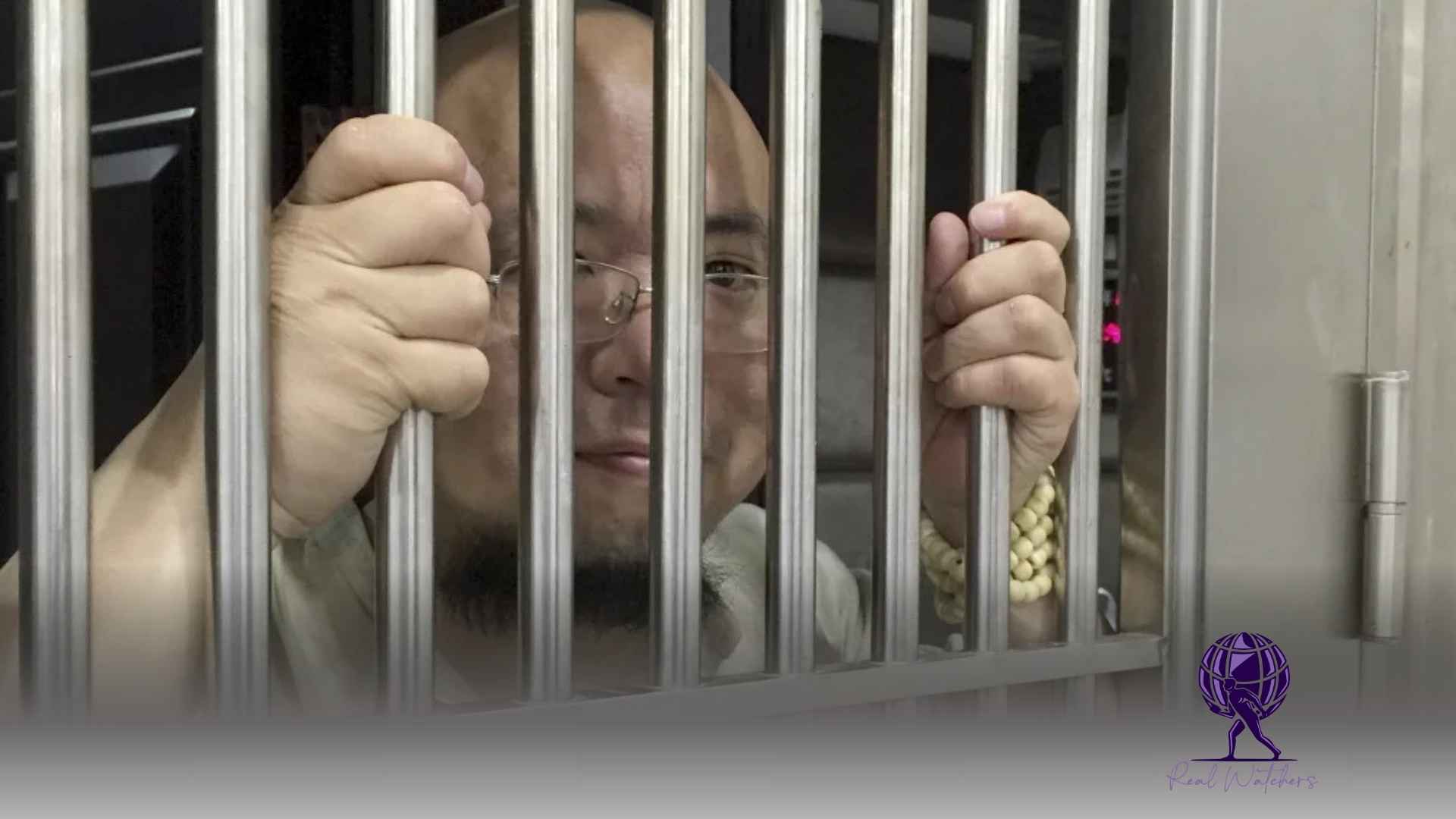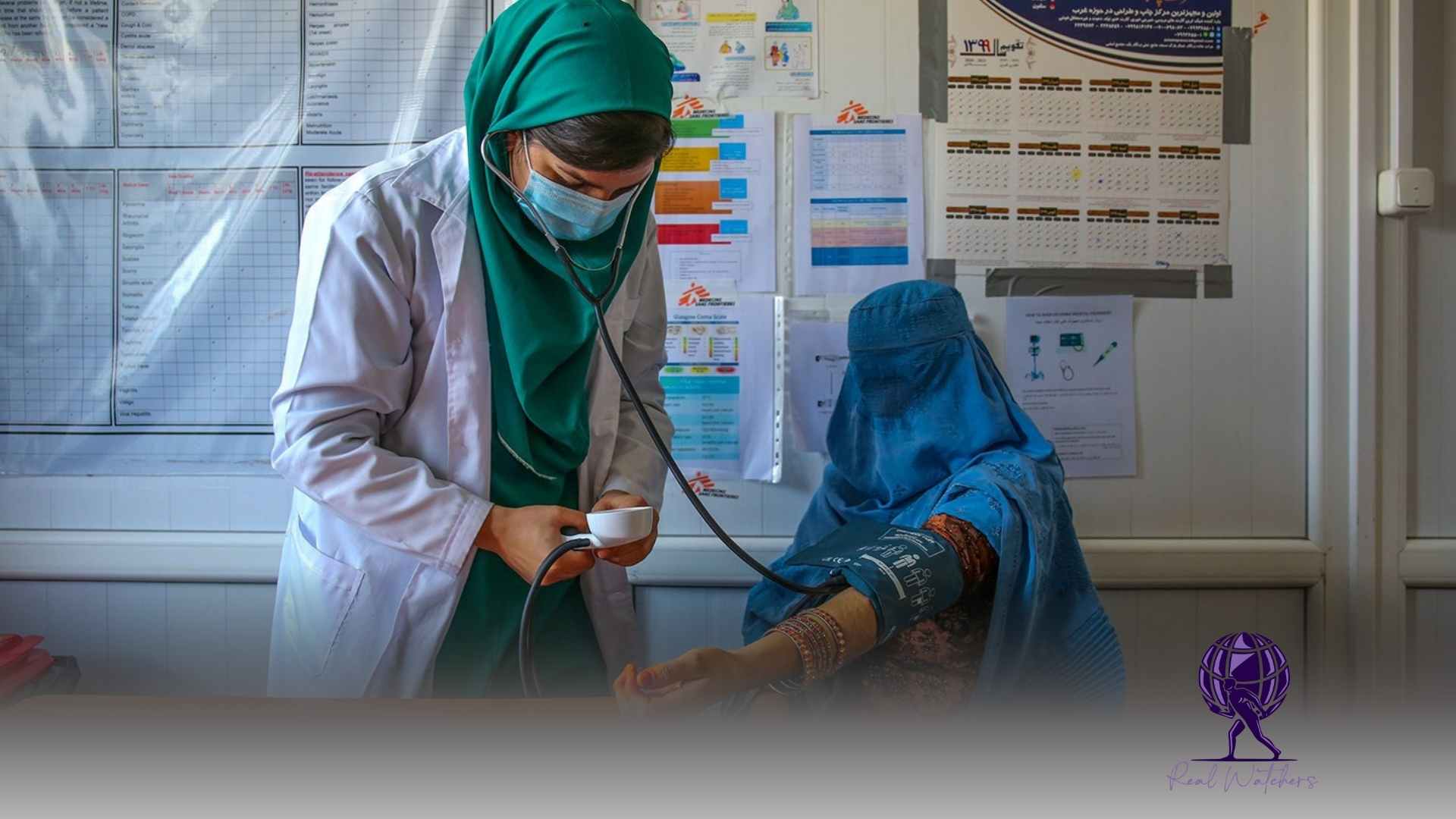The cessation of Russian gas supplies to EU nations through Ukraine follows the expiration of a five-year agreement, signaling the conclusion of a longstanding arrangement that has lasted for decades.
Ukrainian President Volodymyr Zelensky asserted that his nation would not permit Russia to “earn additional billions on our blood.” The Polish government has characterized the cut-off as “another victory” in its ongoing efforts against Moscow.
The European Commission announced that the EU is well-prepared for the upcoming change, with most member states positioned to manage the transition effectively. Moldova, a nation outside the European Union, faces significant shortages.
Russia can transport gas to Hungary, Turkey, and Serbia via the TurkStream pipeline across the Black Sea.
Gazprom, the Russian energy giant, has announced that gas exports through Ukraine to Europe ceased at 08:00 local time (05:00 GMT) on Wednesday.
Since 1991, Moscow has been transporting gas to Europe via Ukraine.
The immediate effects may be minimal, yet the strategic and symbolic ramifications for Europe are significant.
In a significant shift, Russia has seen a decline in a crucial market. However, President Vladimir Putin asserts that EU countries will feel the most critical repercussions.
Since the onset of its full-scale invasion of Ukraine in 2022, Russia has seen a notable decline in gas imports from the European Union. However, several eastern member states continue to rely heavily on these supplies, contributing approximately €5 billion ($5.2 billion; £4.2 billion) annually to Russia’s economy.
In 2023, the European Union reported that Russian gas constituted less than 10% of its total gas imports. The figure stood at 40% in 2021.
Despite ongoing tensions, several EU member states, notably Slovakia and Austria, have maintained substantial gas imports from Russia.
Austrian energy regulators have indicated that they do not anticipate disruptions, citing a diversified range of sources and substantial reserves as key factors in their assessment.
The conclusion of the transit deal has sparked significant tensions with Slovakia, which has emerged as the primary entry point for Russian gas into the European Union. This development has implications for the transit fees Slovakia receives from transporting gas to Austria, Hungary, and Italy.
Slovakia has announced an increase in payments for alternative routes. In an announcement in early December, the energy regulator revealed that gas prices for consumers will increase in 2025.
On Wednesday, according to Reuters, Slovakia’s Prime Minister Robert Fico warned that the termination of the agreement would lead to “drastic” repercussions for EU nations while suggesting that Russia would remain unaffected.
On Friday, Fico, following a surprise visit to Moscow for discussions with Putin, issued a warning about potentially halting electricity supplies to Ukraine.
Zelensky responded by accusing Fico of aiding Putin in “funding the war and undermining Ukraine.”
The Ukrainian president accused Fico of leading Slovakia into Russia’s efforts to exacerbate the suffering of Ukrainians.
Poland has extended its support to Kyiv if Slovakia halts its electricity exports, which are vital for Ukraine, particularly as its power plants face frequent assaults from Russia.
In an interview with BBC Radio 4’s Today program, Polish foreign minister Radoslaw Sikorski highlighted the existence of alternative gas supply routes from international markets, including a terminal in Croatia and connections from Germany and Poland.
“Sikorski emphasized the importance of exploring alternative routes to prevent Russia from profiting from oil and gas sales to the European Union.”
He noted that Poland is sourcing gas from the United States, Qatar, and the North Sea.
“According to his understanding, every country possesses alternative routes,” he stated.
Moldova, a nation outside the European Union, stands to face significant repercussions should the transit agreement come to an end. The power station relies heavily on Russian gas to generate a substantial portion of its electricity.
The Russia-backed breakaway region of Transnistria, a narrow strip of land between Moldova and Ukraine, is home to approximately 300,000 residents and has received supplies from various sources.
On December 28, Russian gas company Gazprom announced its decision to limit gas supplies to Moldova starting January 1, citing the country’s failure to meet its payment obligations.
Moldova’s Prime Minister Dorin Recean has refuted claims regarding the alleged debt, asserting that Russia is employing “energy as a political weapon,” as stated in a recent social media post. He noted that the decision would result in Transnistria being “without light and heat in the middle of the winter.”
Transnistria experienced a disruption in heat and hot water services as of 07:00 local time (05:00 GMT) on Wednesday, attributed to a temporary halt in gas supplies, according to a statement from the energy company Tirasteploenergo on Telegram.
Residents are advised to dress warmly, gather family members in one room, hang blankets or thick curtains over windows, and utilize electric heaters.
On Wednesday night, temperatures are expected to fall below freezing, reaching levels below 0 degrees Celsius. The company reported that medical institutions and hospitals continued to receive supplies.
Moldova’s energy minister, Constantin Borosan, announced that the government had implemented measures to secure stable power supplies while urging citizens to conserve energy.
Since mid-December, a state of emergency in the energy sector has been implemented, lasting 60 days.
President Maia Sandu has leveled accusations against the Kremlin, suggesting that it is engaging in “blackmail” that could potentially destabilize her nation ahead of the upcoming general election in 2025. The Moldovan government announced that it had extended an offer of assistance to Transnistria.
In response to Russia’s invasion of Ukraine, the European Union has secured alternative sources of liquefied natural gas (LNG) from Qatar, the United States, and piped gas from Norway.
In December, the European Commission unveiled its strategy to substitute the gas flow that transits Ukraine completely.








